Kappa free light chains is a valid tool in the diagnostics of MS: A large multicenter study
Résumé
To validate kappa free light chain (KFLC) and lambda free light chain (LFLC) indices as a diagnostic biomarker in multiple sclerosis (MS).
Methods: We performed a multicenter study including 745 patients from 18 centers (219 controls and 526 clinically isolated syndrome (CIS)/MS patients) with a known oligoclonal IgG band (OCB) status. KFLC and LFLC were measured in paired cerebrospinal fluid (CSF) and serum samples. Gaussian mixture modeling was used to define a cut-off for KFLC and LFLC indexes.
Results: The cut-off for the KFLC index was 6.6 (95% confidence interval (CI) = 5.2-138.1). The cut-off for the LFLC index was 6.9 (95% CI = 4.5-22.2). For CIS/MS patients, sensitivity of the KFLC index (0.88; 95% CI = 0.85-0.90) was higher than OCB (0.82; 95%CI = 0.79-0.85; p < 0.001), but specificity (0.83; 95% CI = 0.78-0.88) was lower (OCB = 0.92; 95% CI = 0.89-0.96; p < 0.001). Both sensitivity and specificity for the LFLC index were lower than OCB.
Conclusion: Compared with OCB, the KFLC index is more sensitive but less specific for diagnosing CIS/MS. Lacking an elevated KFLC index is more powerful for excluding MS compared with OCB but the latter is more important for ruling in a diagnosis of CIS/MS.
| Origine | Publication financée par une institution |
|---|
Loading...



